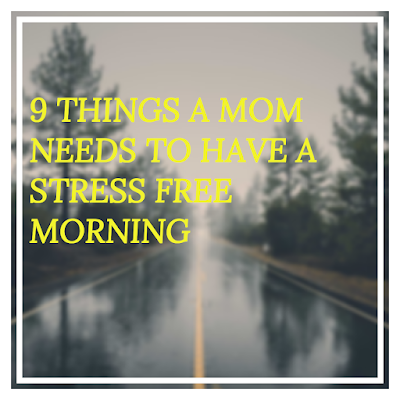9 WAYS TO IMPROVE AIR QUALITY IN YOUR OFFICE SPACE
Is your office making you sick?
Have you heard of sick home building syndrome? This is a condition in which people in a building experience symptoms of illness or become infected with chronic disease from the building in which they work or reside.
Here are some of the possible symptoms:
Allergies,headaches.
blocked or runny nose, dry, itchy skin
dry, sore eyes or throat
Coughing or wheezing, rashes
tiredness and difficulty concentrating
Why does this happen?
This is because office spaces are usually closed environments with airtight doors and windows. This means that even with the best ventilation systems, indoor air quality is often still poor and polluted.
As you work in enclosed spaces with so many other people,This makes it easy for odours to build up and become unpleasant. This can lead to stress, allergies, and anxiety among workers, which has been shown to reduce productivity, increase sick days, and generally decrease happiness.
Becoming familiar with the atmosphere in your workspace and taking control of it can help you save money and create a healthier environment for everyone because Wellness is not only about fitness and healthy eating but also about healthy spaces.
In this article, I will discuss how to help you improve air quality in your closed office space.
How to improve air quality in a closed office space
There are several ways to improve air quality in a closed office space and I will be highlighting some easy ways to do this in your office space below.
1) OPEN WINDOWS
This is by far the cheapest and easiest way to improve air quality. Closed windows and doors can trap harmful particles, so you need to open your windows and doors to push out air pollutants such as cigarette smoke, radon gas, leached chemicals from furnishings, paint and solvent smells and allow better air circulation.
2) USE OF FANS AND AIR PURIFIERS
Open up the windows and use fans or air purifiers to circulate fresh air. This improves indoor air and it is important to note that air pollution is often worse than outdoor pollution and poor indoor air quality causes allergies and other health issues. This is because closed windows and doors can trap harmful particles,so open your windows to improve the air quality.
3) USE OF INDOOR PLANTS
Use indoor plants as they have been proven to improve mood and support fitness and general health. What’s more, some varieties can even purify and improve the air quality and produce more oxygen naturally.
They help remove “toxins” such as formaldehyde, ammonia, and carbon monoxide from the air, which act as air pollutants.
Examples of indoor air purifying plants are
- Snake plant
- Spider plant
- Peace Lily
- Golden pothos
- Aloe vera
- Rubber plant
- Dracaena
- Dumb canes
4) OPEN OFFICE PLAN
Use an open plan layout so that workers can walk around, talk to each other and allow better airflow and circulation which in turn helps improve the indoor air quality.
5) AIR FILTRATION SYSTEMS
You can also look into buying an ionizer so that you can clean the air of pollutants like smoke and dust particles. If all else fails, it is always a good idea for businesses to invest in HEPA filtration systems, which can remove 99% of airborne particles from the air.
6) TEMPERATURE AND HUMIDITY LEVEL
Keep the temperature and humidity levels in your space as low as possible. If the humidity level is too high, it can cause allergens like dust mites and mold to grow.
This can cause other people with allergies or asthma to react and become sick. The best way to solve this problem is by lowering humidity levels by opening windows and doors during the day or using dehumidifiers.
7) DIFFUSING
Diffusing is also a great way to purify the air in an indoor space.
It helps with mold and mildew. Diffusing essential oils can help to eliminate these things from the air making breathing easier.
8)Make sure that all of your doors and windows are kept closed when not in use.
9)Avoid using carpets or vinyl flooring to allow for better airflow.
I hope this article has given you some information about how office indoor air quality can be compromised and how to potentially correct it.
If you do develop a health condition for any reason, please do follow up with a doctor, and don't forget to seek out qualified help if needed.
Did you find this article helpful? If so, don't forget to share, and If there is something that we missed, please tell us by leaving a comment below!





Comments
Post a Comment